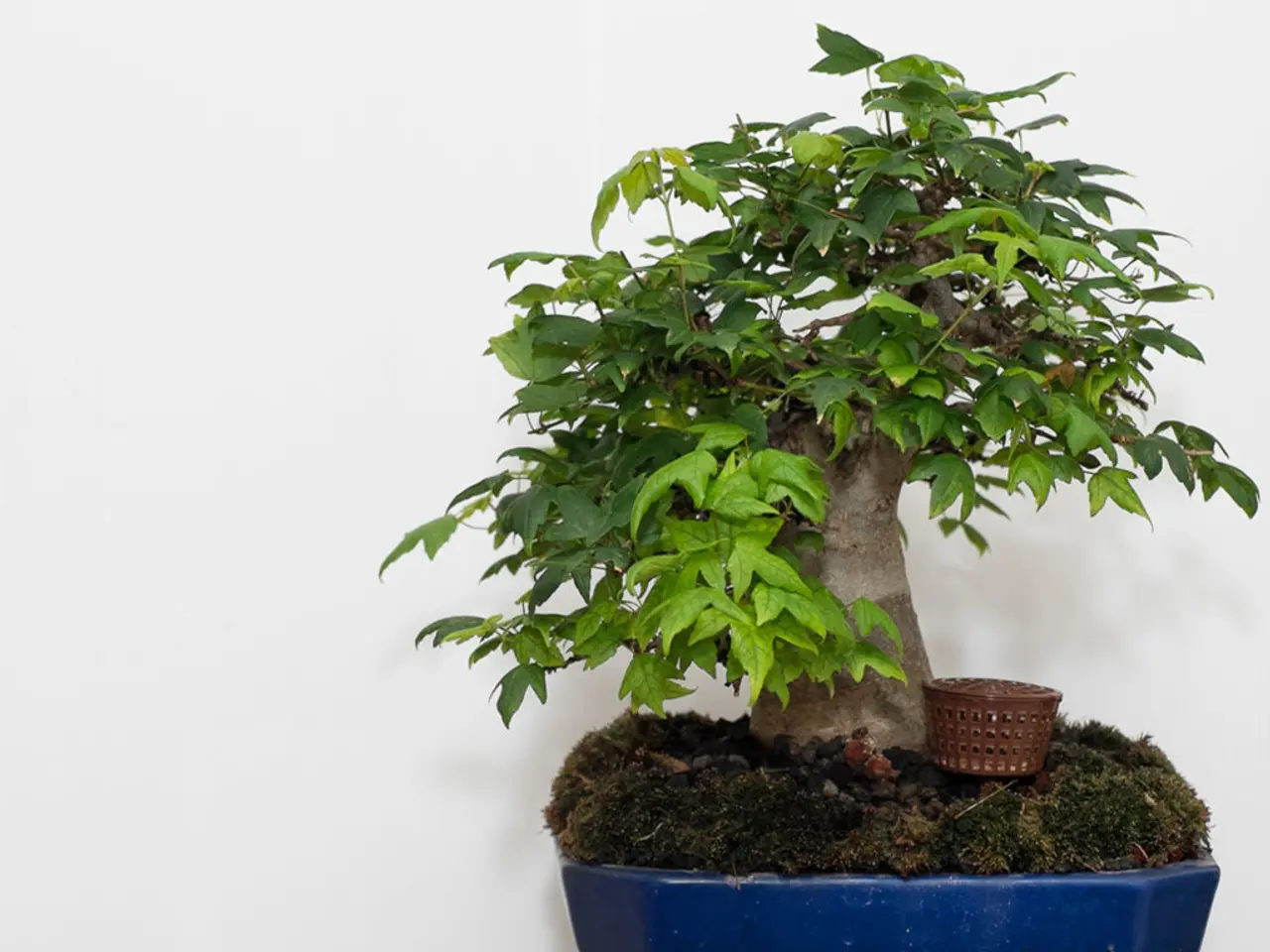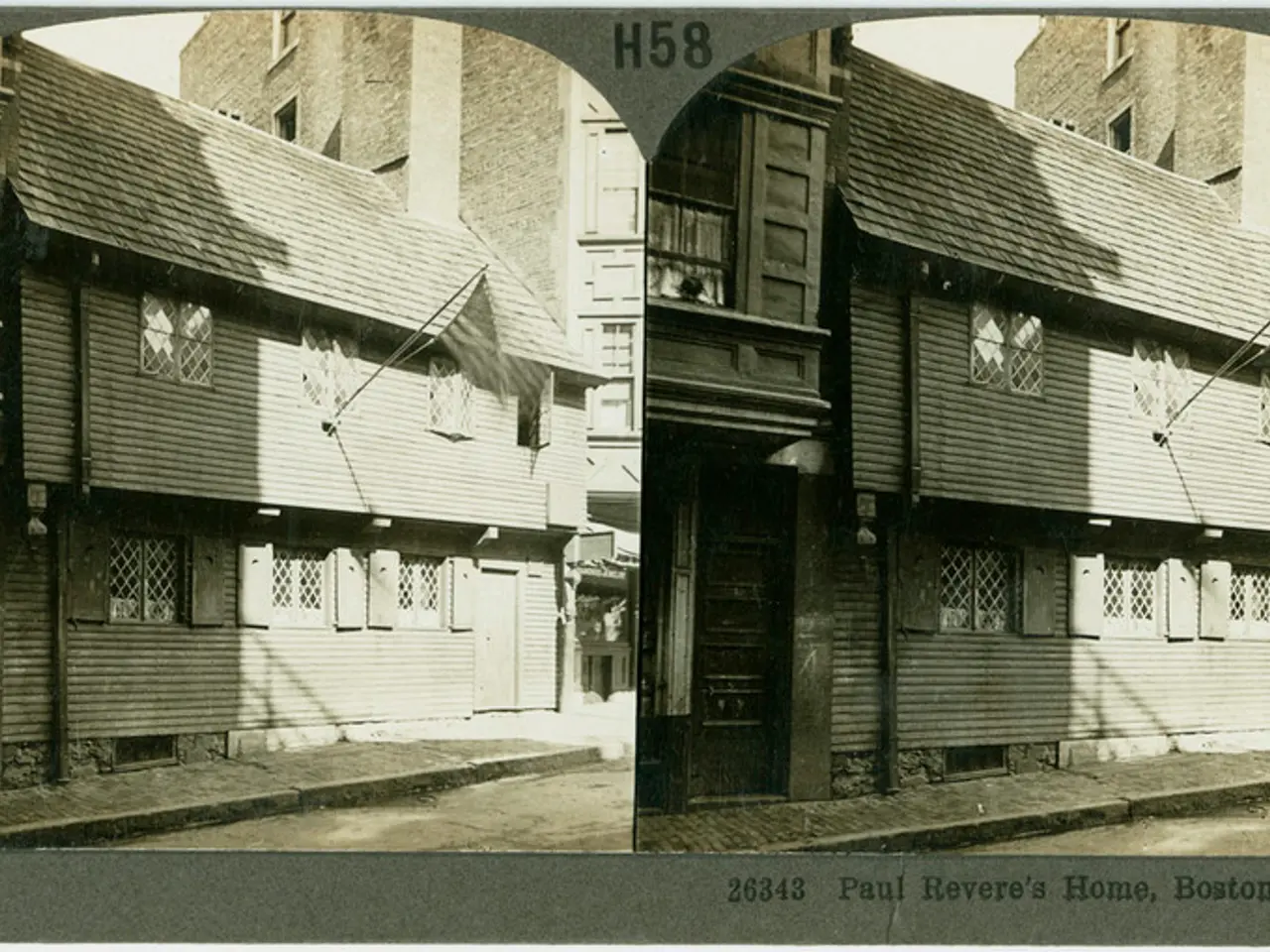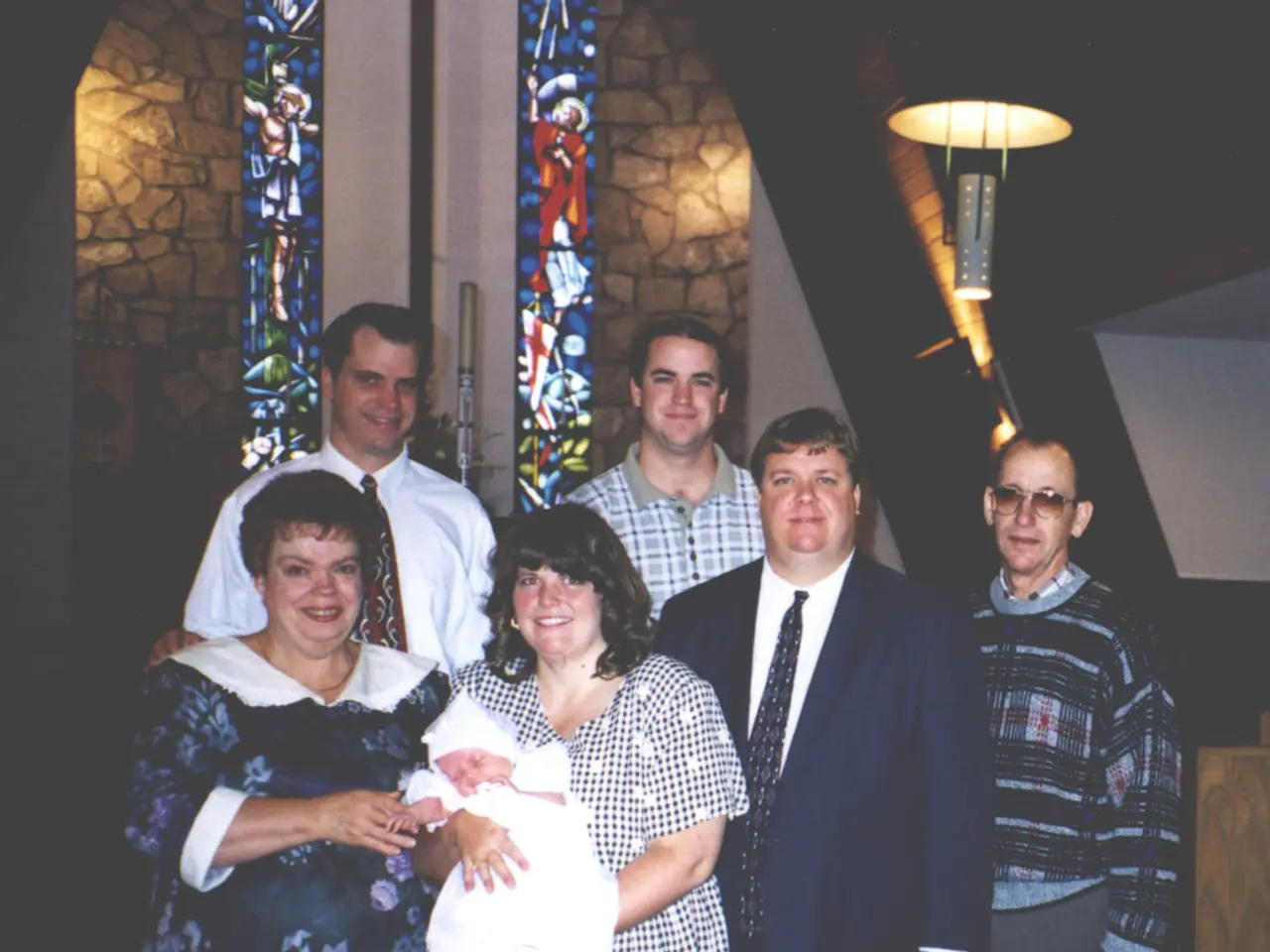Bonsai Techniques for Branching Out: Stimulating a More Robust Leafage Growth
In the world of bonsai, maintaining a healthy and balanced tree is the key to success. To achieve this, it is essential to provide consistent and balanced care, including regular watering, fertilization, and pruning.
One advanced technique that can significantly improve the structure of your bonsai is back budding. This process encourages the growth of new branches on older parts of the tree, resulting in a fuller, more balanced structure over time. Here are some methods to stimulate back budding in both deciduous and coniferous bonsai trees.
Selective and Purposeful Pruning Making precise cuts during dormancy or early spring encourages buds to develop on older wood and back branches. Pruning should be done with a clear purpose, such as promoting back-budding, maintaining proportions, or improving branch structure.
Wire Training Gently wiring branches to create steady directional pressure can mimic natural conditions like wind and snow. This stimulation can help older branches retain shape and encourage growth from inner buds due to redistributed energy.
Use of Sacrifice Branches Growing one or more branches vigorously as "sacrifices" allows the tree to channel energy to thicken the trunk and stimulates bud growth on inner parts of the tree, aiding back budding. This technique is particularly useful with conifers like Japanese Black Pine.
Candle Pruning and Needle Plucking for Conifers In species like Japanese Black Pine, carefully removing the growing candles in spring and plucking needles can balance energy and encourage back budding on older wood and inner branches.
Timing of Pruning and Wiring Pruning and wiring during late winter to early spring (dormancy or just before bud break) is critical to stimulate back budding without undue stress.
Maintaining Tree Vitality Ensuring proper watering, fertilizing, and avoiding over-mulching near the trunk can keep the tree healthy and responsive to back-budding techniques. A well-balanced fertilizer, rich in nutrients, will promote healthy growth and development. Ideal temperatures for most bonsai species are between 65°F to 75°F (18°C to 24°C), as they stimulate growth without encouraging excessive vegetative development.
Humidity Control Maintaining a relative humidity of 40-60% is beneficial for preventing water stress in bonsai trees.
Hormone-Based Products Hormone-based products can enhance back budding results, but proper application is crucial to avoid detrimental effects on the tree's overall health.
By mastering these back budding techniques, you can create a lush, vibrant canopy on your bonsai trees. It's important to remember that a healthy bonsai tree is more likely to respond positively to back budding techniques, as its energy is focused on growth and development rather than mere survival. Certain species, such as Ficus, Elm, and Beech, are more receptive to back budding due to their natural propensity for epicormic growth.
In conclusion, the advice from bonsai professionals emphasizes controlled, gradual interventions focused on managing tree energy distribution and structural integrity, rather than aggressive pruning alone. Vigilant attention to bonsai care is essential for fostering an environment conducive to back budding. With patience and practice, you can transform your bonsai into a truly remarkable piece of art.
Managing a lush, vibrant canopy on your bonsai trees can be achieved through mastering back budding techniques. This process involves encouraging growth on older parts of the tree for a fuller, more balanced lifestyle, as seen in home-and-garden practices like selective pruning and wire training.




